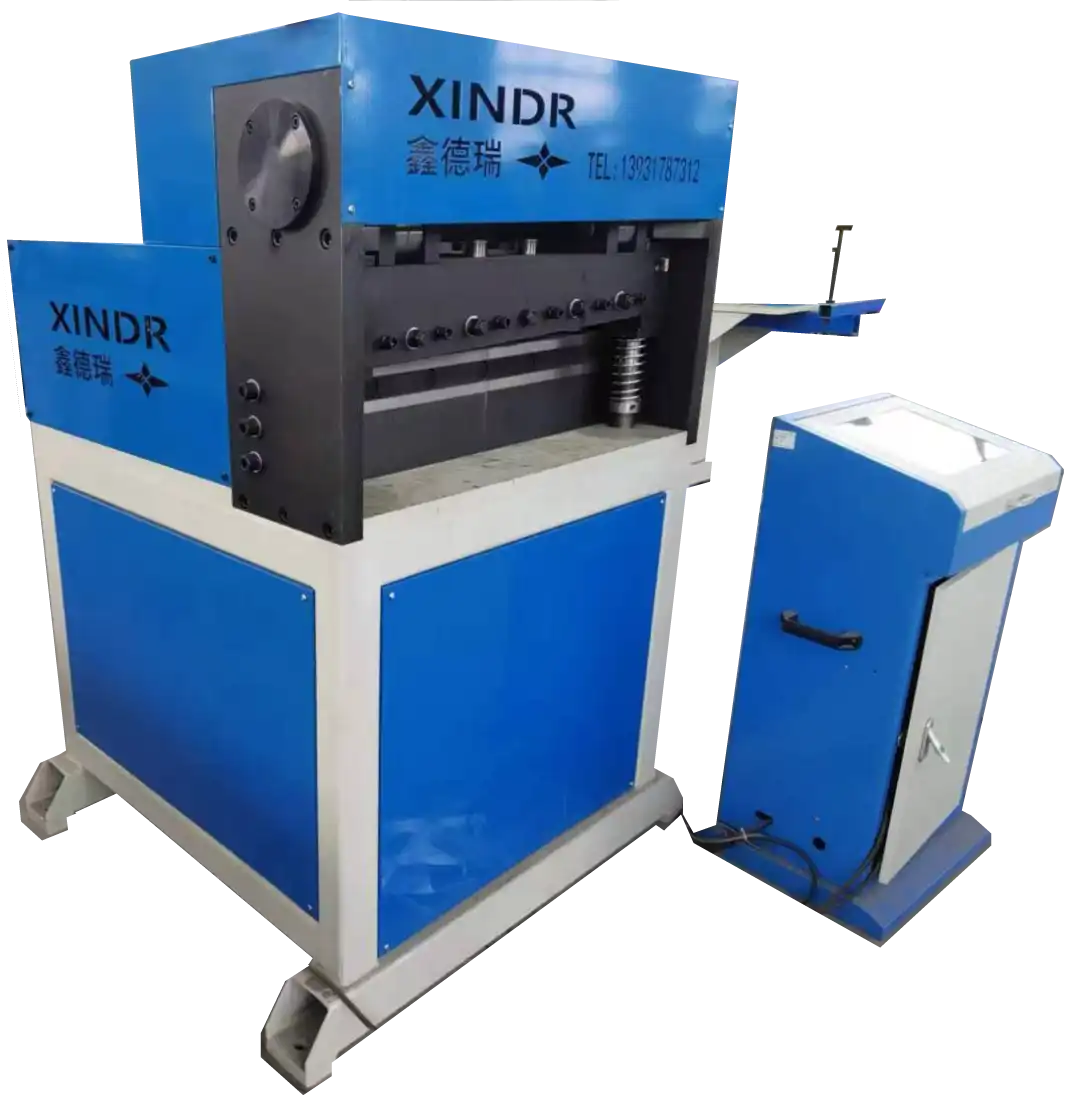



function of coagulation in water treatment
The Function of Coagulation in Water Treatment
Water treatment is a critical process that ensures the safety and quality of drinking water. Among the various methods employed to purify water, coagulation plays a pivotal role. This technique involves the aggregation of suspended particles in water to form larger clumps, known as flocs, which can then be easily removed from the water. Understanding the function of coagulation in water treatment is essential for both environmental engineers and public health professionals.
The process of coagulation begins with the addition of coagulants—chemical agents that promote the aggregation of particles. Commonly used coagulants include aluminum sulfate (alum), ferric sulfate, and polyaluminum chloride. These agents work by neutralizing the electrical charges on suspended particles, which typically carry a negative charge. As these particles lose their charge, they become less stable and start to clump together. This process is often facilitated by rapid mixing to ensure even distribution of the coagulant.
Once the particles have aggregated into larger flocs, they enter a sedimentation phase. During sedimentation, the flocs settle to the bottom of the treatment tank, allowing clear water to rise to the surface. This step is critical in removing a significant portion of the turbidity—an important indicator of water quality. Turbidity is caused by suspended solids that can harbor pathogens, making its removal essential for producing safe drinking water.
Coagulation is particularly effective in removing different types of contaminants, including colloidal particles, organic materials, and some pathogens. For instance, colloidal particles are minute and often remain suspended in water despite gravity. Coagulation forms larger flocs from these particles, enabling them to settle out during the sedimentation phase. Additionally, the removal of organic materials is crucial as they can contribute to the formation of disinfection by-products during the chlorination stage of water treatment.
function of coagulation in water treatment

The effectiveness of coagulation can be influenced by several factors, including pH, temperature, and the type of coagulant used. Each water source presents unique characteristics, necessitating careful monitoring and adjustment of treatment processes. For example, if the pH of the water is too high or too low, it can reduce the effectiveness of the coagulant, leading to incomplete removal of contaminants. Consequently, operators must conduct regular testing and adjustments to optimize the coagulation process.
Moreover, while coagulation is highly effective at removing particulates and certain contaminants, it is not a standalone solution. Post-coagulation treatment processes, such as filtration and disinfection, are crucial for ensuring that the final water product is safe for consumption. Filtration can remove any remaining particles that did not settle during sedimentation, while disinfection, often using chlorine or ultraviolet light, targets pathogens that may still be present in the water.
In recent years, advancements in water treatment technology have led to the introduction of alternative coagulation methods, such as mechanical and electrocoagulation. These innovations aim to enhance efficiency and reduce the chemical footprint of traditional coagulation processes. For instance, electrocoagulation utilizes electric currents to destabilize suspended particles without the need for large quantities of chemical coagulants. This can lead to reduced waste and lower operational costs.
In conclusion, coagulation is an integral process in water treatment, significantly contributing to the removal of turbidity and several contaminants. As clean water is essential for public health, understanding and optimizing coagulation practices is imperative. By employing appropriate coagulants, adjusting treatment conditions, and integrating advanced technologies, water treatment facilities can enhance the safety and quality of drinking water. As the demand for clean water continues to grow globally, the function of coagulation in water treatment will remain a cornerstone of efforts to provide safe and accessible water to communities worldwide.
-
Why Sodium Persulfate Is Everywhere NowNewsJul.07,2025
-
Why Polyacrylamide Is in High DemandNewsJul.07,2025
-
Understanding Paint Chemicals and Their ApplicationsNewsJul.07,2025
-
Smart Use Of Mining ChemicalsNewsJul.07,2025
-
Practical Uses of Potassium MonopersulfateNewsJul.07,2025
-
Agrochemicals In Real FarmingNewsJul.07,2025
-
Sodium Chlorite Hot UsesNewsJul.01,2025










